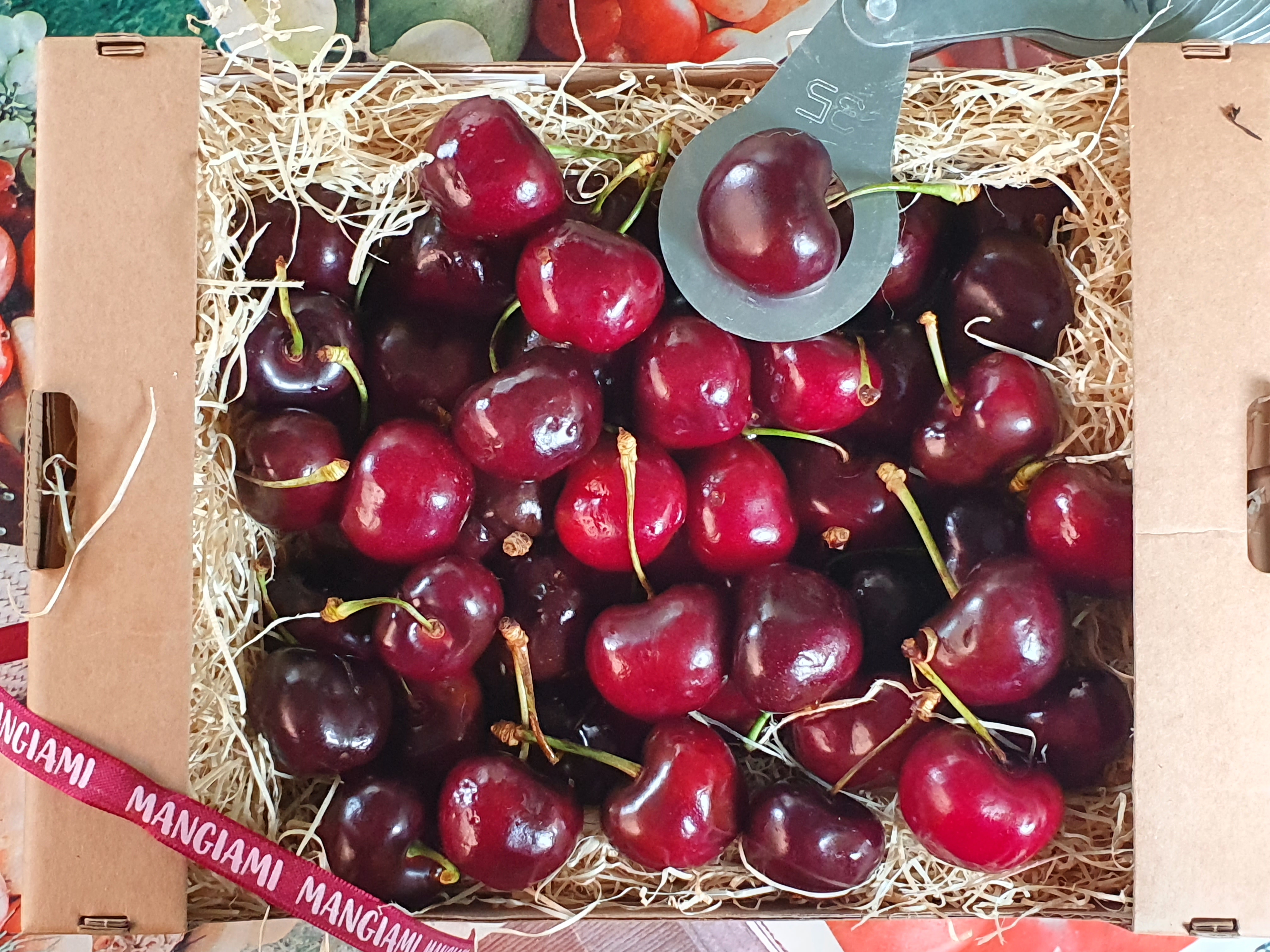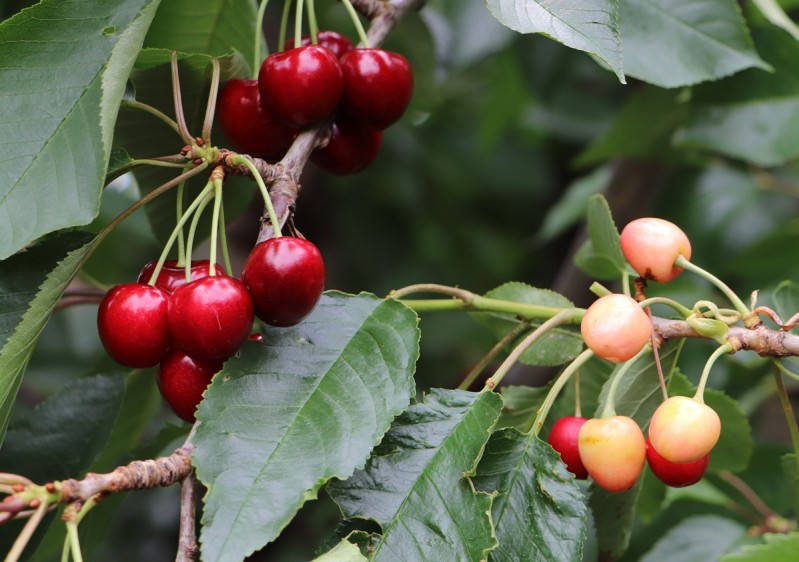Cherries, great absentees on Italian tables in this late Spring. Blame the skyrocketing prices, which discourage consumption, fuel an inevitable discontinuity in supplies and prevent the season from taking off.
Yet the cerasicola campaign is underway, even if it is difficult to tell by looking at the shelves of greengrocers and supermarkets.
But what is happening?
Focus on Apulia
The focus must be on Apulia, the region with the greatest vocation for production, grappling with one of the heaviest crises ever to hit the sector. Massimiliano Del Core, president of Confagricoltura Bari-Bat, explains it well: 'Two overnight frosts during the budding phase, eight days of rain during the flowering phase, and the alternation of strong sirocco and mistral winds during the growth and ripening phase of the fruit, have decimated production in the historically most productive areas of Puglia, bringing it well below the minimum threshold for the economic sustainability of farmers.
Thus, cherry producers in the provinces of Bari and Bat - with their more than 16,000 cultivated hectares, which alone are worth 30 per cent of national production - face very high cultivation and harvesting costs.
Prices and paradoxes
Del Core speaks of paradoxical production yields, in some cases even below 5 quintals per hectare, which make it even uneconomic for farmers to harvest. A mechanism that - it goes without saying - causes prices to soar and curbs consumption in large cities and abroad, where prices have reached peaks of 20 euros per kilo (in Milan, for example), with an average of between 10 and 15 euros.
Despite the difficulties, the sector is not giving up and on 29 May presented to the Senate the annual Cherry Festival of the Turi and Conversano territories, which will therefore be held regularly.
At stake is the fate of Apulian cerasiculture, to which entire communities are linked.
Challenges and innovation
"It must be acknowledged once and for all," Del Core continues, "that the current situation of the sector does not allow the more than 7,000 cherry-producing farms active in our region to move forward, if not through the ability to react of the entire supply chain; an ability that passes through the push for aggregation, given that the average size of Apulia's cherry farms is less than 2 hectares and is based on investments for innovation in varieties and new plants.
Research is always the key. "The extraordinary quality and recognisability of our Ferrovia cherry must be complemented with the performance of new varieties that express their production potential and appreciation at different times," adds Del Core.
"It is also important that producers can benefit from the opportunities and facilities that have been made available to them, such as national supply chain contracts and regional CSR calls. With regard to the latter, in particular, we note an allocation of resources for financial facilitations for investments in the Apulian cherry sector that is not entirely adequate to the importance of the sector, but we hope it can be increased later on'.
Source: https://en.ilsole24ore.com/art/cherries-like-gold-thats-why-they-cost-up-to-20-euro-per-kilo-AH99xR0?refresh_ce=1
Image source: Corriere di Puglia
Silvia Marzialetti
Il Sole24Ore
Cherry Times - All rights reserved












